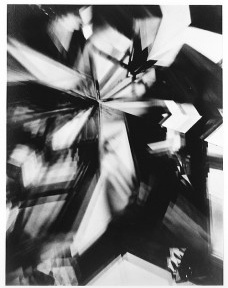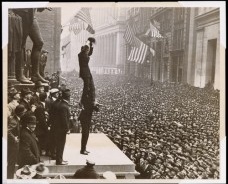
newspaper
agenda cultural
The twentieth century was truly born during the 1910s. This exhibition, which accompanies Stieglitz, Steichen, Strand, surveys the range of uses to which photography was put as its most advanced practitioners and theorists were redefining the medium as an art. The title “Our Future Is in the Air” is taken from a military aviation pamphlet that figures prominently (in French) in a 1912 Cubist tabletop still life by Picasso; it suggests the twinned senses of exhilarating optimism and lingering dread that accompanied the dissolution of the old order.
Photography was handmaiden and witness to the upheavals that revolutionized perception and consciousness during this tumultuous era. Space and time were overcome by motorcars and airplanes, radio and wireless, and man seemed liberated from the bounds of gravity and geography. This seemingly limitless expanse was mirrored by a new understanding of the unconscious as infinitely deep, complex, and varied—a continent ripe for discovery. The camera was seen as the conduit between these two states of self and world, and "straight photography"—stripped of the gauzy blur of Pictorialist reverie—was espoused by Alfred Stieglitz and Paul Strand among others.
This turn was not accidental: since handheld cameras became available in the late 1880s, anyone could be a photographer; similarly, photography had snaked its way into every corner of the culture. Elevated perception would distinguish the new artists from the amateur and the tradesman. The exhibition casts the widest possible net in order to show the foundations upon which the medium staked its claim as an independent art.
![[Dance Study], Adolph de Meyer (American, born France, 1868–1949), ca 1912](https://vitruvius.com.br/media/images/journal/agenda/grid_4/47988c54a79f_dt1182.jpg)
[Dance Study], Adolph de Meyer (American, born France, 1868–1949), ca 1912

Chromatics, Alvin Langdon Coburn (British, born America, 1882–1966), ca 1917

Charlie Chaplin and Douglas Fairbanks Selling Liberty Loans During the Third Loan Campaign at the Sub-Treasury Building on Wall Street, New York City, Unknown artist, 1918

